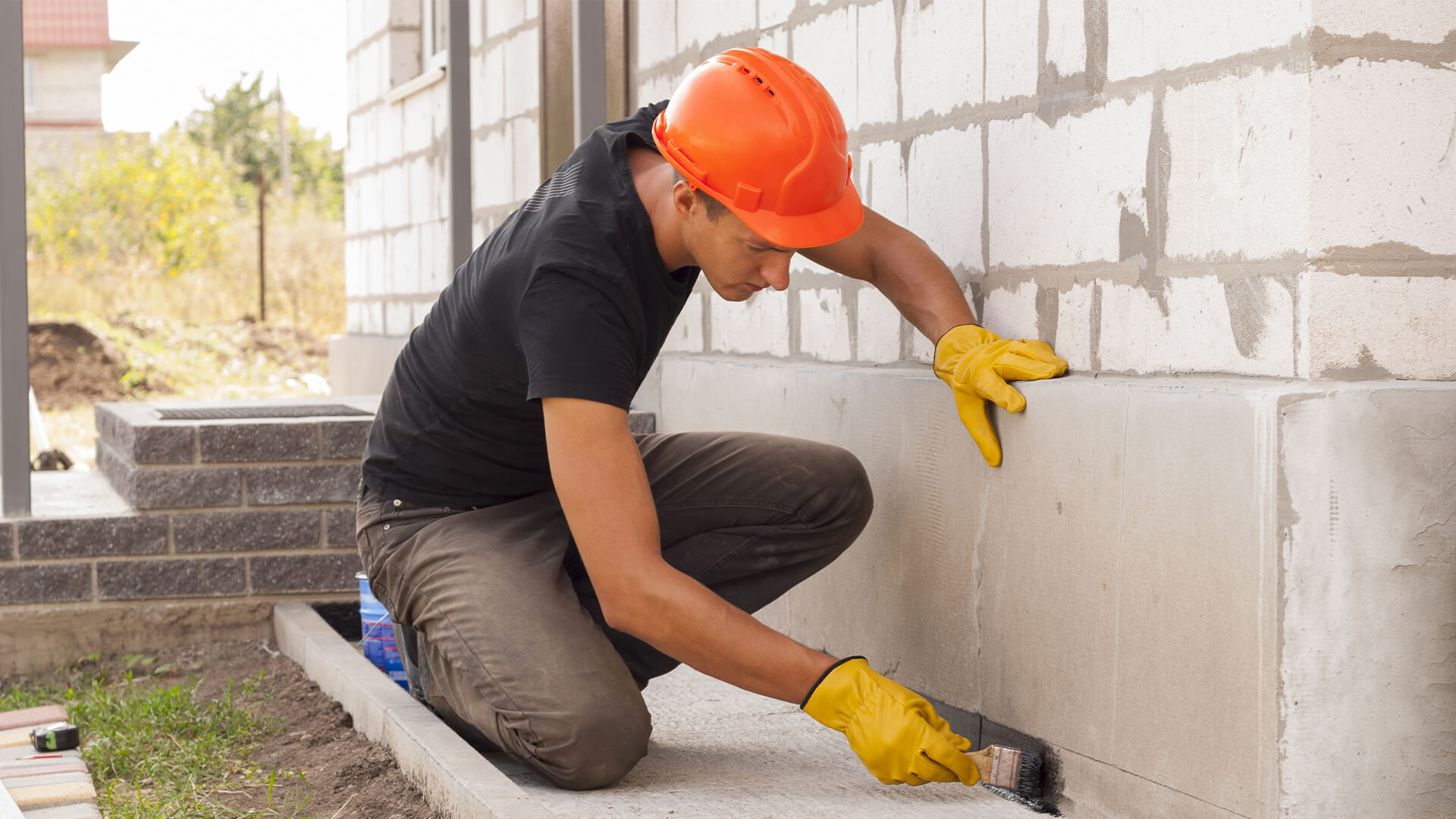Waterproofing is a crucial aspect of sustaining the soundness and safety of any home or facility. With moisture damage being one of the most common issues landowners face, having reliable waterproofing strategies can mean the difference between a safeguarded space and expensive repairs. From cellars prone to inundation to ceilings that need to withstand harsh weather conditions, understanding the various waterproofing approaches available is crucial for everyone.
In this write-up, we will examine ten creative waterproofing approaches tailored for every situation. Whether you are seeking to protect your basement, improve energy conservation, or prevent fungus and dampness in your bathroom, there are resourceful options that can help you defend your building. We will also discuss common myths about waterproofing, provide information on DIY versus professional solutions, and underscore the importance of being forward-thinking in maintaining a moisture-free and safe environment. Let's delve into these options and discover how you can efficiently protect your building from the harmful effects of moisture.
The Significance of Waterproofing
Waterproofing is a critical aspect of maintaining the quality and longevity of every house or building. Absent proper moisture proofing solutions, properties turn susceptible to moisture damage, which can lead to costly repairs and significant structural problems. Moisture intrusion can compromise foundations, lead to mold growth, and disrupt electrical systems, which present problems that can be both financially and emotionally demanding for homeowners and property managers in general.
Engaging in waterproofing is crucial not just for defense against immediate water damage but also for long-term maintenance. By addressing likely vulnerabilities promptly, property owners can save a significant amount of dollars in future repairs. Proper waterproofing creates a buffer that helps maintain comfortable living conditions while also protecting valuable assets. It's a forward-thinking approach that boosts the overall value of the property.
Moreover, waterproofing contributes to energy efficiency and sustainability. Well-sealed buildings with robust waterproofing measures keep heating and cooling losses reduced, resulting in lower utility bills. In an era where energy conservation is essential, incorporating waterproofing solutions into construction and renovation goes beyond mere protection—it's part of creating an eco-friendly and economically feasible environment.
Cost-Effective Waterproofing Options
When considering waterproofing, it is crucial to look into affordable options which offer reliable protection at a low cost. An economical solution is applying a waterproof sealant to surfaces such as cellars, exterior walls, and footings. https://blogfreely.net/linkcheese3/in-what-way-waterproofing-can-boost-your-real-estate-valuation are offered in various formulations and can effectively block moisture when applied correctly. This do-it-yourself approach not only saves money on professional services but also allows homeowners to take control of their waterproofing needs.
Another economical solution is the use of drainage systems. Installing gutters and downspouts channels water away from your property, greatly lowering the risk of water damage. Furthermore, installing French drains or landscape drains around your foundation can help manage groundwater and prevent leaks. These systems require an initial investment, but they offer great value in the long run by preventing the costly repairs associated with water damage.
Finally, incorporating landscaping strategies can also serve as a cost-effective waterproofing solution. By grading your yard away from your home and strategically placing plants and mulch, you can create a natural barrier against moisture intrusion. This approach not only defends your property but also enhances the overall aesthetics of your landscape. Investing in these preventive measures can potentially save thousands in potential repairs while ensuring a dry and safe living environment.

Choosing the Appropriate Waterproofing Approach
Selecting the suitable waterproofing approach for your premises is influenced by several factors, including the exact area in need of protection, the type of structure, and the root causes of water infiltration. For example's sake, basements may demand special solutions such as interior drainage systems or surface sealants, while exterior waterproofing might emphasize implementing membranes or coatings. Understanding the environment and the challenges posed by moisture can significantly affect which method will be the best effective.
One more important consideration is whether to consider DIY options or hire skilled services. DIY waterproofing can be cost-effective and satisfying but might not always provide the level of protection required, especially for complex issues like foundation leaks. On the other hand, hiring a professional can offer peace of mind, as experienced contractors can advise appropriate solutions and apply them correctly. The choice also hinges on your budget and the capability for long-term savings.
Finally, evaluating the longevity and maintenance needs of each waterproofing method is crucial. Some methods may necessitate less frequent upkeep, while others might require consistent inspections and touch-ups to continue to be effective. Always take the time to take the time to research different products, techniques, and contractors to ensure you opt for a waterproofing solution that will not only meets your immediate needs but also safeguards your investment for years to come.
